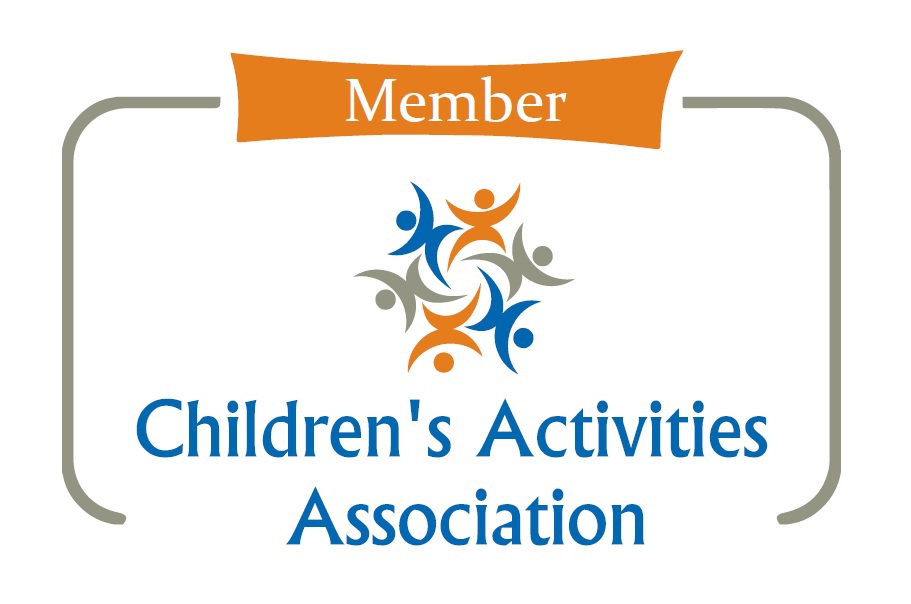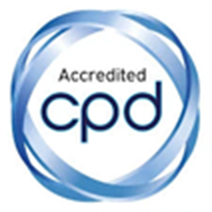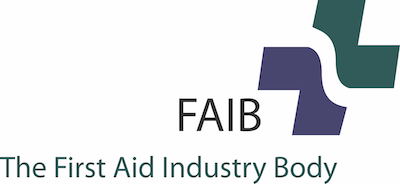Next in our list of seasonal illnesses comes slapped cheek. Most common in late winter and early spring, it can look quite alarming to parents, but is usually a mild viral infection. It can make little ones feel pretty miserable though and can be dangerous if you are pregnant, so knowing how to spot it and treat it is important.
I’ve heard of slapped cheek but don’t know what it is...
The first time I came across slapped cheek I was working at a preschool. I think it was the strange name that stood out to me but also the fact that it’s one of those illnesses that spreads so rapidly throughout childcare settings.
Slapped cheek syndrome is also known as fifth disease because it was listed fifth in a list of historical classifications of common childhood skin rashes. It can also be called parovirus B19 as it is caused by a viral infection.
Although it’s more common in children, it can occur at any age, and can have different, and sometimes more serious symptoms in adults. Once you’ve had it, you’re usually immune to it for life, phew!
How do you get slapped cheek?
The virus which spreads slapped cheek, parovirus B19, is found in droplets within the coughs and sneezes of an infected person and is transferred in a really similar way to the common cold. And we all know how easily kids spread those around! If you or your child inhale these droplets, or touch a contaminated surface or object and then touch your nose or mouth, you can be infected with slapped cheek.
What are the symptoms of slapped cheek?
The symptoms can take a while to develop, so if you’ve been in contact with someone with slapped cheek, you might not realise for up to 3 weeks! But usually, the following symptoms will appear 4-14 days after becoming infected:
- A raised temperature or fever of around 38C
- A runny nose
- A headache
- A sore throat
- An upset stomach
- Feeling generally unwell
These symptoms can last for a few days, and it is at this point that someone with slapped cheek will be at their most infectious.
During this stage of illness, adults can also have joint pain and stiffness, which can continue for weeks or even months after the other symptoms have gone.
What about the rash?
I always dread my daughter getting a rash and then panic that it is something worse than it actually is. The rash can behave quite strangely with slapped cheek as I’ll explain...
After a few days of the symptoms described above, slapped cheek shows you why it is so named – a distinctive bright red rash normally appears on both cheeks of children with the virus, although fortunately for adult sufferers, this is unusual.
At this stage, slapped cheek is no longer contagious, even though the cheek rash can last around 2 weeks.
But it doesn’t stop there. After another few days – and bear in mind this can be almost a month since initial infection – a light pink rash may also appear on the chest, stomach, arms and thighs. This rash often has a slightly raised, spotty and lace-like appearance and it can be quite itchy. This rash will usually fade after a week or two, but frustratingly can reappear and come and go for weeks after the infection has passed, especially when doing lots of exercise or getting really hot or anxious. And to make it more complicated, this rash can be really tricky to see on black and brown skin – so you’ll need to consider the whole picture of symptoms listed above, as well as the potentially itchy feelings the rash produces.
What should I do if my child has slapped cheek?
Slapped cheek is usually a mild illness and should clear up without requiring a visit to the GP.
You can help your child
with their symptoms by doing the following:
- For fever, headaches and pain / stiffness you can give your child an age appropriate dose of paracetamol or ibuprofen, but remember to never give aspirin to children under 16.
- Encourage them to rest – never easy with small kids so maybe snuggle up with a favourite film.
- Make sure they are regularly sipping drinks, even if their throat is sore, to avoid dehydration. Try and make sure your baby continues with their normal feeds as much as possible.
- You can use a moisturiser to calm itchy skin, or your child can take an antihistamine, but do check this with your pharmacist first as some antihistamines are not suitable for young children.
Unless they are feeling really poorly, your child can go back to school or nursery after the cheek rash has developed as they are no longer infectious at this point. It’s best to inform your nursery or school though, firstly to reduce alarm about the cheek rash(!) and secondly so they can alert parents as there can be complications of contracting slapped cheek for those who might be pregnant.
Why is slapped cheek dangerous if you are pregnant?
If your child, or a child you have been in contact with has slapped cheek and you are pregnant, contact your GP or call 111. This is because infection during pregnancy (especially in the early stages) carries a risk of causing miscarriage, still birth or other complications. Try not to worry as the risk is small and by this stage in life, most people are already immune to slapped cheek. However, it is best to seek medical advice if you could have been exposed to infection. A blood test can then be carried out to establish if you are immune to infection and if not, you’ll be carefully monitored in case of any problems.
I've heard slapped cheek can cause severe anaemia - how can I check for this?
It’s strange how these often mild childhood diseases can sometimes cause other more serious problems, and slapped cheek is one of these. If your child or anyone in your household / extended family / friends has a blood disorder or a weakened immune system, then they need to see their GP. This is because slapped cheek can cause severe anaemia that might need hospital treatment.
Signs of severe anaemia are:
- Very pale skin / ashy or grey brown and black skin
- Shortness of breath
- Extreme tiredness
- Fainting
You must seek immediate medical assistance if your child is displaying these symptoms.
The main thing to remember is that slapped cheek is usually a very mild illness, especially for children for whom there are rarely additional complications. However, with the distinctive rash, it is also one of those illnesses where having a bit of knowledge can avoid unnecessary alarm! Do make sure you take precautions though if pregnant and stay away from friends and family suffering with this seasonal illness.
All the best, The Mini First Aid team xxx
Sources: NHS UK, NHS
Inform Scotland
Our Award Winning Teddy Hot & Cold Gel Pack
 Meet Teddy, our Reusable Hot and Cold Gel Pack, designed to bring comfort and smiles to kids after accidents. With its cute design, Teddy helps ease pain and reduce swelling from bumps, scrapes, bruises, and sprains, while also soothing headaches and rashes when chilled. When warmed, Teddy relieves muscle aches and warms little hands. A must-have in every home, Teddy is the perfect companion for kids during life's inevitable minor injuries.
Meet Teddy, our Reusable Hot and Cold Gel Pack, designed to bring comfort and smiles to kids after accidents. With its cute design, Teddy helps ease pain and reduce swelling from bumps, scrapes, bruises, and sprains, while also soothing headaches and rashes when chilled. When warmed, Teddy relieves muscle aches and warms little hands. A must-have in every home, Teddy is the perfect companion for kids during life's inevitable minor injuries.







